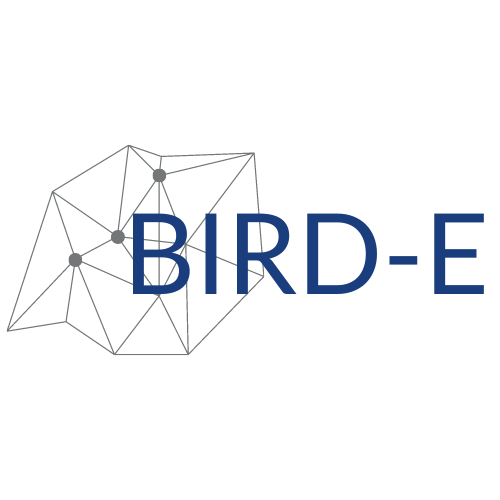-

Blueprint for Inclusive Research & Development in Education
In the field of education, there is a gap between research and practice. Lack of data standardization and collection inhibits comparability and generalizability of findings. This paper focuses on design and usability of the Blueprint, an organizing data framework that summarizes key elements to represent education data needs to improve articulation of data needs and allow practitioners to be part of an inclusive research and development process in collaboration with the research community.
-

Comprehensive Report: Researcher Working Group
Through a clear and deliberate due diligence process, InnovateEDU selected 16 researchers representing a diverse group of stakeholders to serve on the Researcher Working Group. Members were invited based on their areas of expertise representing the research community, including research-practice partnerships, research intermediaries, and evaluation agencies providing technical assistance directly to the school district or associated partners.
-

Comprehensive Report: Steering Committee
Under the leadership of InnovateEDU, the Steering Committee’s aim was to identify the gaps in the R&D infrastructure and the core challenges inherent to the process and understand the types of data that need to be collected to inform the development of the framework. The group led the development of a data framework for education R&D and serve as a guide for the prototype implementation of that framework.
-

Comprehensive Report: Practitioner Working Group
InnovateEDU selected 14 practitioners representing a diverse group of stakeholders to serve on the Practitioner Working Group. The group’s purpose is to create, influence, and counsel the direction of the BIRD-E project. Members of the Practitioner Working Group’s main responsibilities include designing use cases and persona profiles & inform the school district pilot process.
-

Pilot Profiles & Lessons Learned
The design of the Blueprint, under the Blueprint for Inclusive Research and Development in Education (BIRD-E) project, was informed by a user-driven pilot process spanning different types of stakeholders to understand the Blueprint’s potential gaps in the design. It also tested for the ability of adoption in diverse contextual settings. The field-driven design process was critical to incorporate stakeholder voices and pressure test the Blueprint for variability and generalizability.
InnovateEDU undertook a lean, agile development approach focused on rapid cycle improvement to produce an initial minimum viable product, or an alpha framework, to be tested in the pilots. The pilots provided an examination of the relevance of the Blueprint with other frameworks and standards across the education sector, with the aim to improve the Blueprint for wide-scale adoption. This additional evaluation and learning helped generate a beta framework ready for scalability and replicability.
-

Data Schema to Formalize Education Research & Development Using Natural Language Processing
The methodology for the BIRD-E project included implementing natural language processing (NLP) techniques on publications within What Works Clearinghouse (WWC) and the Education Resources Information Center (ERIC).
To facilitate the creation of this educational data schema, two models were run: a two-topic latent Dirichlet allocation (LDA) model on the titles and abstracts of papers that met WWC standards without reservation against those of papers that did not, separated by math and reading subdomain was run, and a Term Frequency-Inverse Document Frequency (TF-IDF) scoring to study the vocabulary within WWC titles and abstracts and determine the most relevant unigrams and bigrams currently present in WWC.

